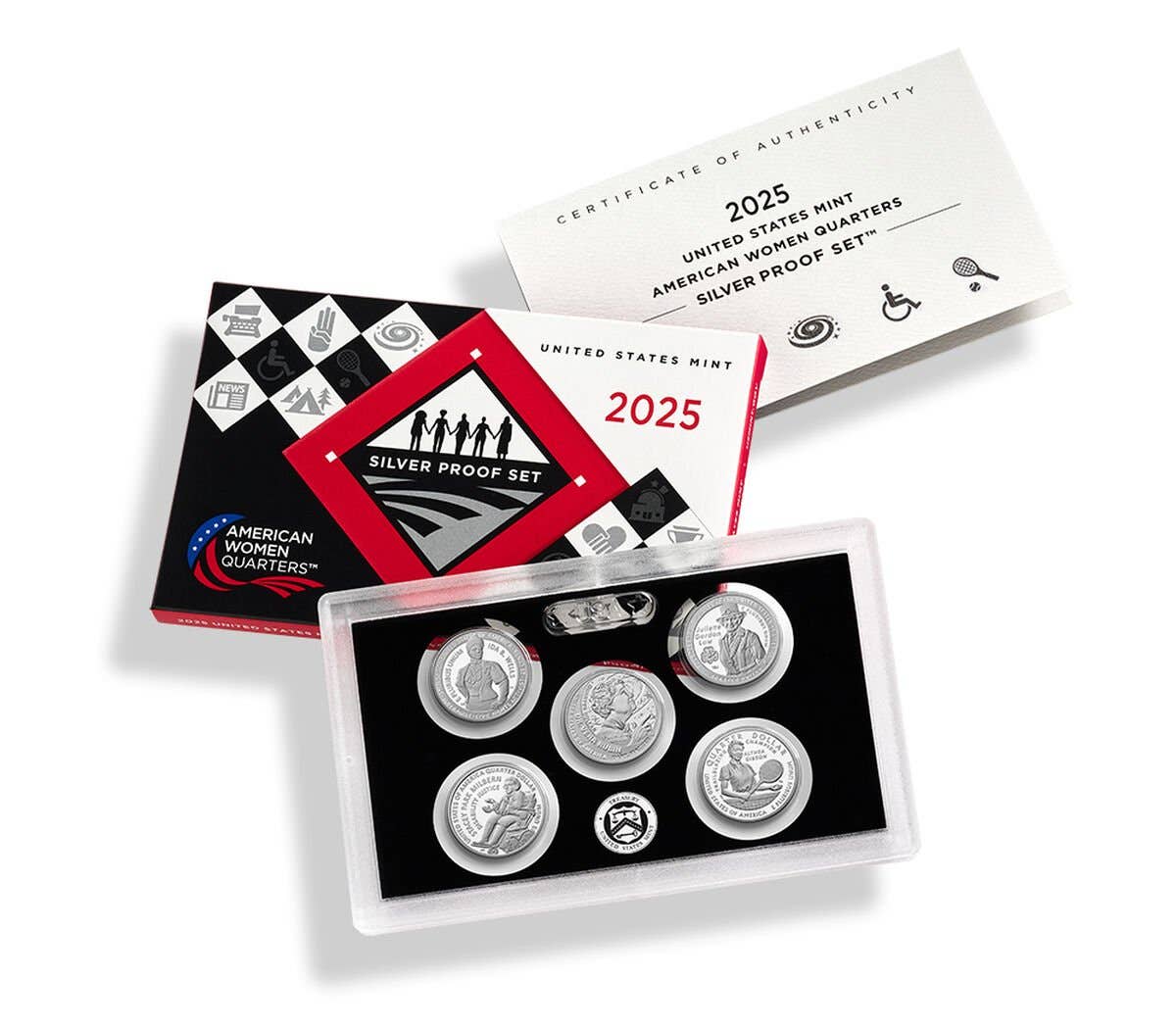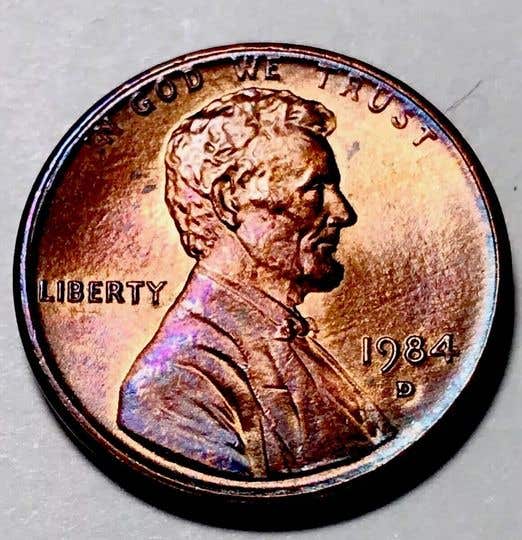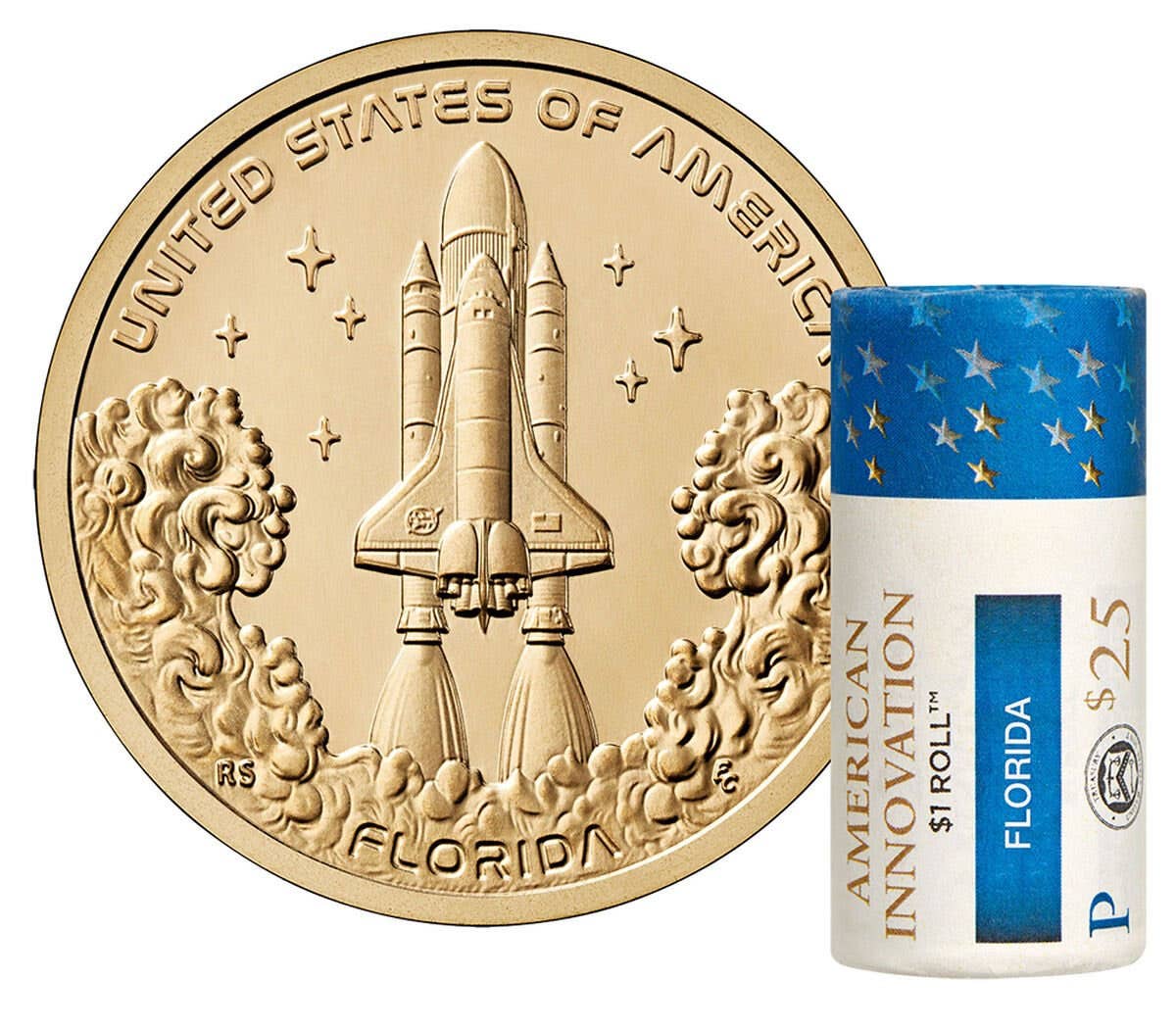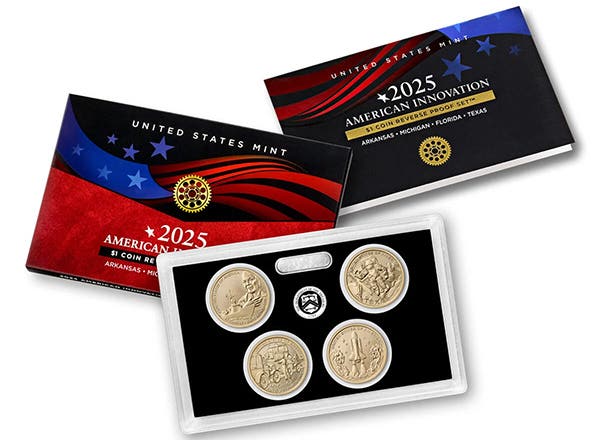Report shows production costs up
While the future of the high-cost cent and nickel is being considered, the Mint still needs to cover the increasing losses generated by their ongoing production.
While the future of the high-cost cent and nickel is being considered, the Mint still needs to cover the increasing losses generated by their ongoing production.
In the just released Mint annual report covering the fiscal year ending Sept. 30, 2011, the Mint notes that it made an on-budget transfer to the U.S. Treasury’s general fund of $51 million.
This is a drastic decline from the $388 million transferred the year before and even higher numbers in years before that. The first year of the Presidential dollar program in 2007, for example, saw a transfer of $825 million to the general fund.
Why the decline?
As noted in the report, “There was not an off-budget transfer to the general fund this fiscal year. Instead, the Mint held cash in reserve for future potential impacts to our circulating program from continued penny and nickel losses and a decline in demand for the $1 coin.”
By Mint accounting, it now costs 2.41 cents to produce and distribute each cent. This is a large increase from last year’s cost of 1.79 cents apiece.
This created a loss of $60.2 million when costs are subtracted from the revenue generated by the Mint selling the coins for face value. Another name for this loss is negative seigniorage where seigniorage is the profit between costs and face value.
Like what you're reading? Subscribe to our FREE email newsletter![form id="27827"]
The nickel cost has risen to 11.18 cents per coin, or a loss of 6.18 cents on each coin issued. This compares to a 9.22 cents per nickel cost in the prior fiscal year.
Negative seigniorage here is $56.5 million.
The combined losses for the two denominations is now $116.7 million.
More ominously though, if you set the dollar coin aside and just add up the costs of the cent, nickel, dime and quarter, the profits from the dime and quarter no longer offset the loss on the cent and nickel. The Mint took it on the chin for $10.7 million when the numbers are looked at this way.
The Mint still has a profitable bullion coin and numismatic business.
Total profit of the bullion coin program was $65.8 million on sales of $3.5 billion.
Presently, the star in the Mint’s sales constellation is the portfolio of numismatic products sold to collectors.
Here the Mint put seigniorage at $9.8 million plus additional profit of $103.4 million, for a combined total of $113.2 million, almost double the bullion program profit.
Profit margins are also far higher with numismatic programs compared to bullion coins. Total sales here was just $721.7 million.
More Coin Collecting Resources:
• Subscribe to our Coin Price Guide, buy Coin Books & Coin Folders and join the NumisMaster VIP Program









